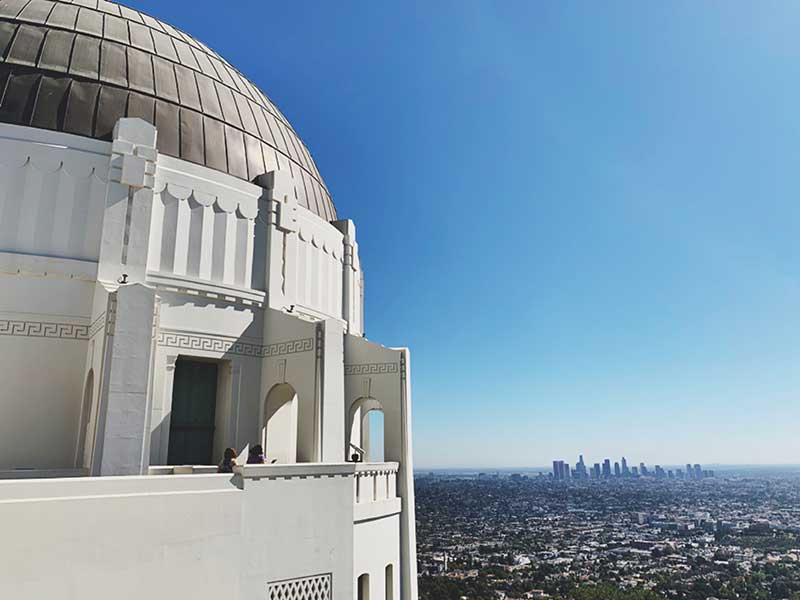Hollywood Tours Past a Bygone Landmark
Most Hollywood tours don’t take you past the site of the once oh-so-famous Schwab’s drugstore simply because it doesn’t exist anymore. Fans of old Hollywood who know the name and legendary stories about stars being “discovered” here can only walk past the location because nothing remains of this icon. However, the name and fame of this Tinseltown hotspot linger on.
Schwab’s drugstore was a popular hangout spot for Hollywood celebrities during the early 20th century. Located at the corner of Sunset Boulevard and Crescent Heights in West Hollywood, Schwab’s opened in 1932 and quickly became a hot spot for movie stars and industry professionals.
The drugstore was owned by Jack and Bernie Schwab, two brothers who were originally from New York. The brothers had a vision of creating a place where people could come and relax, have a snack, and socialize. Schwab’s was designed to be more than just a typical drugstore – it was a place where people could come and see and be seen.
The location of Schwab’s was perfect for attracting Hollywood’s elite. It was situated at the heart of the movie industry, and many movie studios and production companies were located nearby. Schwab’s quickly became a popular hangout spot for actors, directors, producers, and other industry professionals.

Schwab’s pharmacy menu from old Hollywood
One of the most famous stories about Schwab’s is that Lana Turner was discovered there. The story goes that in 1936, 16-year-old Turner was sitting at the counter having a Coke when she was approached by a talent scout from MGM. The scout was so taken with Turner’s beauty that he offered her a screen test on the spot. Turner went on to become a major movie star, and the story of her discovery at Schwab’s helped to solidify the drugstore’s reputation as a place where Hollywood dreams could come true.
Schwab’s also played a role in the lives of other Hollywood legends. The drugstore was a favorite spot of Marilyn Monroe’s, who would often stop in for a milkshake after acting classes. James Dean was also a regular at Schwab’s, and it was one of the last places he visited before his fatal car accident in 1955. Elizabeth Taylor and Montgomery Clift were also known to frequent Schwab’s, and the two became close friends after meeting there.
In addition to its famous clientele, Schwab’s was also known for its unique atmosphere. The drugstore had a soda fountain where customers could order milkshakes, sundaes, and other treats. It also had a lunch counter, where people could order sandwiches and other light fare. The decor was quirky and fun, with neon signs, chrome fixtures, and a jukebox playing the latest hits.
Schwab’s was also known for its famous “Schwabisms” – quirky sayings and jokes that were written on a blackboard outside the drugstore. The Schwabisms were often witty and irreverent, and they became a fixture of the Hollywood landscape.
Despite its popularity, Schwab’s eventually fell on hard times. The drugstore was sold to a new owner in the 1960s, and it lost much of its charm and character. In 1983, the drugstore closed for good.
Today, the location of the old Schwab’s drugstore is home to a coffee shop and a small strip mall. However, the legacy of the drugstore lives on. Schwab’s was a place where Hollywood dreams were born, and it will always be remembered as a symbol of the glamour and excitement of the early days of the movie industry.





